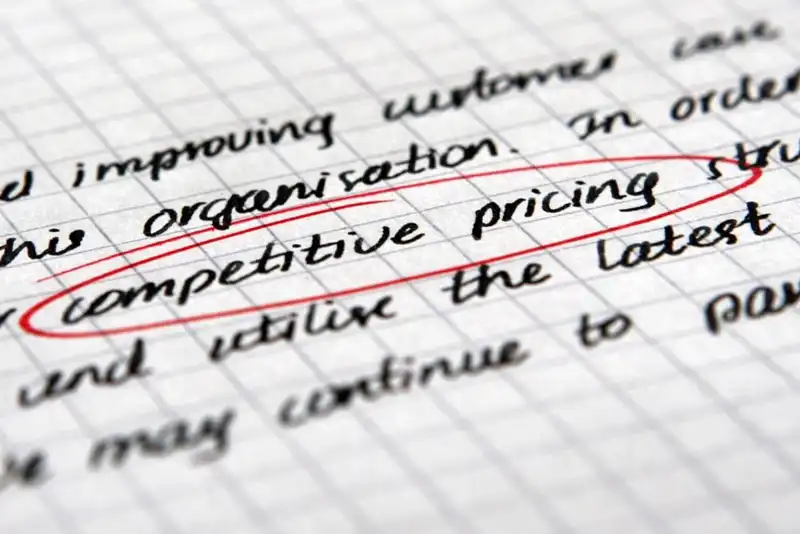7 Common Pricing Strategies

What Pricing Strategies Are

A pricing strategy is a method small businesses and large businesses use when pricing products or services. The service or product cost is based on external factors like labor, production, and advertising costs.
Those expense are added together with a percentage markup to produce positive returns on the monthly profit margins. There are different pricing strategies that have different results.
To make sure the pricing strategy is thorough, cost-plus pricing or manufacturer suggested retail prices (MSRPs) are simple mark-ups that businesses use.
Benefits of a Pricing Strategy
Building pricing strategies using market research will attract customers and allow for a competitive advantage even though higher prices might be used.
Paired with cash flow calculations, a pricing strategy can help enhance the perceived value of goods and services long term.
Examples of Pricing Strategies:
8 Common Pricing Strategies

A practical pricing strategy will attract customers without damaging a successful profit margin. These eight strategies are what's worked in the past for other small businesses and large empires. Understanding the different pricing strategies will highlight ideas that use price to maximize profits.
8 best pricing strategy examples
1. Penetration Pricing Strategy
When a small business uses penetration pricing as a pricing strategy, they set a low price in an effort to draw in more customers. For example, a small business sets a low price discount via coupon. Once the customers signs up for the coupon the company will send additional marketing information in an effort to retain the customer even after the sale.
2. Price Skimming Strategy
Companies have used a price skimming strategy to bounce back from losses on a new product by achieving quick profits. The company prices products with high prices for a certain time period to recover expenses lost on initial product cost. For example, electronics retailers will often use price skimming. When new phones or laptops come out, they start with premium pricing to maximize profits.
3. Competitive-Based Pricing
To stay competitive in the marketplace, a company will use a competitive-based pricing strategy to maximize profits. For example, paper dinnerware like cups and plates used for outdoor events are often purchased at a low price point because they will only be used once. These means a small business paper distributor will need to price its products low or else lose important sales.
4. Temporary Discount Pricing
A temporary discount price is used to entice more sales. This type of strategy uses coupons, lower prices, or volume purchases such as two-for-one or buy-one-get one. Often, these pricing strategies are seen around holidays or during different seasons.
5. Premium pricing
A premium pricing strategy highlights a brand's advantages over similar competitors by enhancing the perceived value of specific products or services. This type of strategy is aimed at customers seeking quality over cost.
6. Loss leader pricing
Online retails and brick and mortar businesses use discounted merchandise to attract customers. The desired response is to create a loyal customer through sustained interest. A loss leader pricing strategy is used for this approach in either a short term or long term marketing plan. Ideally, a loss leader will bring in more consistent sales that deliver more revenue than pricing items individually.
7. Psychological pricing
Instead of focusing on the perceived value of a product from a consumer stand-point, psychological pricing changes about the price in general. In other words, items are set at a certain price point to attract customers to it. These pricing strategies are meant to appeal towards price-sensitive customers looking for a good offer.
7. Value pricing
Value pricing is the pricing strategy that is most important. The method uses the perceived value of products and services in the customer's iteration. The more beneficial and important the goods are to a customer, the more they'll be willing to spend. Which is why designer dresses appeal more to some shoppers than off-the-rack. Value pricing takes a great deal of brand marketing to attract a loyal customer base.
Getting the Price Right
When a pricing strategy is tailored to a small business it can increase sales volume. Setting prices that suit a specific set of clients takes market research and strategy sessions.
Examples of Pricing Strategies:
Conclusion to Pricing Strategy
- Pricing strategy is used to set prices that attract customers and keep them returning.
- The benefits of understanding pricing strategies will help businesses create a competitive advantage in the marketplace.